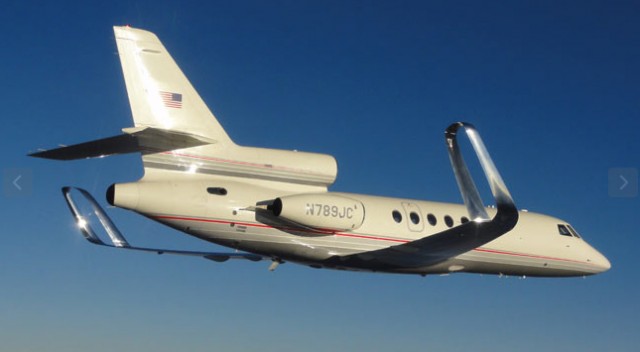Not that long ago, Boeing announced that they will make improvements on the 737 NextGen to create a new version; the Boeing 737 MAX. Although I am still not a fan of the new name, I am starting to become a fan of the changes that the MAX will bring to Boeing and their customers.
“The 737 MAX is on-track to deliver substantial fuel-savings to customers starting in 2017,” said Beverly Wyse, vice president and general manager, 737 program. “We’ve made several design decisions that support the performance targets for the MAX and evolve the Next-Generation 737′s design within the scope of the 737 MAX program.”
From Boeing’s press release, those design decisions include:
- Aft body aerodynamic improvements: The tail cone will be extended and the section above the elevator thickened to improve steadiness of air flow. This eliminates the need for vortex generators on the tail. These improvements will result in less drag, giving the airplane better performance.
- Engine installation: The new CFM International LEAP-1B engines will be integrated with the wing similar to the aerodynamic lines of the 787 Dreamliner engine with its wing. A new pylon and strut, along with an 8-inch nose gear extension, will maintain similar ground clearance to today’s 737 while accommodating the larger engine fan. The nose gear door design is altered to fit with this revision.
- Flight control and system updates: The flight controls will include fly-by-wire spoilers, which will save weight by replacing a mechanical system. The MAX also will feature an electronic bleed air system, allowing for increased optimization of the cabin pressurization and ice protection systems, resulting in better fuel burn.
It is still uncertain how the new winglet on the 737 will be configured. It could be something very similar to the winglet on the 737NG or as Flight International points out, it could be something more similar to the raked winglets found on the 737-based P-8 Poseidon.
I am kind of hoping fro something even a bit more radical; like Spiroid, Scimitar Blended or Blended Split-Tip Scimitar winglets. These would offer an obvious visual cue that the MAX is a new aircraft and possibly provide further fuel cost savings.
Boeing states that customers should see a 10-12% fuel consumption increase over “today’s’ most fuel efficient single-aisle airplanes,” (aka the 737NG or Airbus A320) and a 7% increase operating cost per-seat advantage, “over tomorrow’s competition,” (aka the Airbus A320NEO).
Already, the 737 MAX has more than 1000 orders and commitments from 16 different airlines and once additional aspects of the aircraft are confirmed, those numbers should continue to increase.
from Airline Reporter



No comments:
Post a Comment